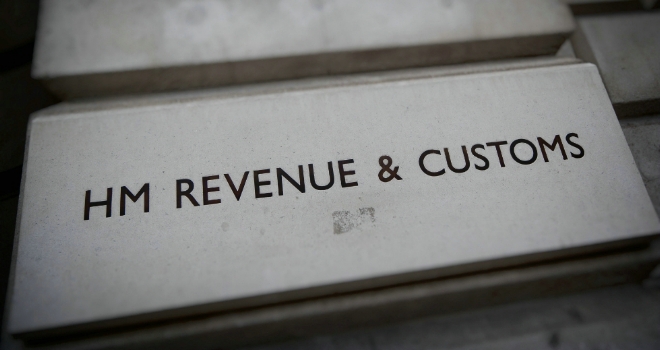
In his 2015 Autumn Statement George Osborne dropped a bombshell introducing a 3% Stamp Duty Land Tax (SDLT) surcharge for those buying additional residential properties on or after 1 April 2016. We have had to wait until 28 December 2015 for the details of how it might work.
The consultation – running to 30 pages, 42 examples and 21 separate questions for comment – suggests this surcharge will not be straightforward.
Stephen Barratt, Private Client Tax Director at accountants and business advisers James Cowper Kreston says the proposed legislation will create uncertainty, introduce many anomalies and take a long time to fully bed-down.
Stephen Barratt said: “Whilst the document is only for comment at this stage, the fact that it is so comprehensive and time is so short suggests that the Government has produced something which they plan to place on the statute books relatively unchanged.”
And the fact that the new rules are intended to apply to completions on or after 1 April 2016 will mean that many purchasers will be exchanging contracts now without knowing what the final rules will be. This will create uncertainty.”
Stephen provides the following explanation of how the proposals might operate: “The additional 3% SDLT surcharge is intended to apply where a purchaser owns more than one residential property at the end of the day of the transaction. The main exemption is where the new property is intended to be occupied as the main residence, but with the additional requirement that it is replacing a main residence.
That is all well and good if the old home is sold first. If the old home is sold second, the surcharge will apply unless it is sold within 18 months of purchase, in which case the surcharge can be recovered. Beyond that time, it is a sunk cost.
Complex rules will apply to married couples and civil partners who will be treated as one 'unit', as Stephen explains: “If, as is quite common, one or both own a home before they marry/enter into a civil partnership and then buy a home together without selling their previous homes, say, for rental purposes, it seems that the surcharge will apply unless all existing residential property is sold.”
And the proposed rules will also catch out people that own property outside the UK.
“The surcharge will only apply to residential properties purchased in England, Wales and Northern Ireland, but if a property is already owned anywhere else in the world a new residential property will be considered an additional property and the surcharge will apply.”
Finally, the surcharge will apply to the whole price payable for a property by joint owners even if the property is an additional property for just one of them, unless the replacement exemption applies.
Stephen concludes: “Until now SDLT has typically been a straightforward matter to administer on residential property transactions as a one-off item. If these rules are implemented, and at this stage we only have a consultation document, they will represent a significant additional complexity to property taxation involving additional transaction costs as solicitors and accountants carry out additional due diligence to ensure that the correct rate is applied, and, where appropriate, refunds claimed.
All that said, whether these changes will do more than simply dent the British love affair with property remains to be seen.”





